
Chayote is a strange almost alien looking thing. It’s one of those ingredients that you might avoid if you’ve never tried it before, but could easily fall in love with once you start using it for yourself.
The fruit is native to Central America, but it isn’t just found there. Its use has expanded dramatically, so it is now cultivated and used in many places, including the Caribbean, the United States, Asia, and India. Of course, the fruit’s name has varied between cultures, with names including chow-chow, mirliton, christophine, and more.
Regardless of the name, chayote is a type of squash, like cucumber, zucchini, and pumpkin. It’s a particularly interesting one, as chayote is harvested late in the season like a winter squash, but the taste and texture are more like a summer squash.
That brings us to the question of the day – can you eat chayote raw? The short answer is, yes, chayote can be eaten raw. Indeed, doing so is a delicious and popular way to use the vegetable. When consumed raw, chayote offers a slight sweetness and distinct crunch that’s perfect in salads.
Think of the raw vegetable like an intermediate between zucchini and cucumber. It has some of the mild flavor found in zucchini, plus a distinct crunch like a cucumber. Considering chayote in this way shows why it works so well raw and cooked.
Can You Eat Chayote Raw?
In short, yes, raw chayote is completely edible and most people can enjoy it without a problem. It isn’t even that difficult to use.
Are There Any Risks Of Raw Chayote?

Like all foods, chayote comes with some issues. However, the risks are low and most are relevant for cooked chayote as well as raw chayote. These are the main things to look out for:
- Allergic Reactions. Chayote isn’t a common allergen, so allergic reactions aren’t likely, but they are possible. As with most allergies, allergic symptoms can range from mild to severe. If you’ve never had chayote before, start by trying a small amount so you can gauge your responses.
- Digestive Discomfort. Because chayote is high in fiber, it can sometimes lead to digestive discomfort. To get around this, any extra fiber should be slowly added to your diet, which gives your body time to adjust.
- Oxalates. Chayote contains some oxalates, which can raise the risk of kidney stones if you’re susceptible. Thankfully, chayote is classified as a low to medium oxalate food, so it should be fine in moderation.
- Cucurbitacin levels. There are debates about cucurbitacin in chayote, particularly raw chayote. While this compound might be an issue if you consume a large amount, commercial chayote varieties are normally selected for low cucurbitacin levels.
Finally, there’s always some risk that produce becomes contaminated during growth, transportation, or handling. Washing isn’t always enough to remove harmful microbes, making cooking the safer option.
The risk of harmful contamination is generally low, which is why many fruits and vegetables can safely be eaten raw. There’s nothing about chayote that raises this risk, so you can feel as comfortable with chayote as with other raw vegetables, like cucumber.
When Should You Not Eat Raw Chayote?
While raw chayote is safe, there are still times when you might turn to the cooked version instead. In particular, anyone with a sensitive immune system or with digestive issues may do better with cooked chayote instead of raw chayote.
The other situation is if you’re concerned about the origins of your chayote. If there’s a chance it’s been poorly handled or grown in a questionable environment, cooking chayote may be safer.
Even so, for most people in most situations, raw chayote is completely fine and little different than eating raw lettuce or raw cucumber. Most of the time, the decision between cooked and raw chayote simply comes down to which style you prefer.
How To Choose The Best Chayote

If you’re going to eat chayote raw, you’ll want it to be at the peak of freshness. You can determine this by paying close attention to the vegetable.
First, you’re looking for an evenly colored squash, one without any blemishes. The squash should also be just a single color, ideally light green. Avoid any chayotes with multiple colors, as these tend to be older and won’t taste as good.
It’s important to avoid overly wrinkled chayote too, as these tend to be tough. This aspect is similar to choosing peppers, where a few wrinkles is okay – just not too many.
Beyond this, smaller is generally better, as smaller chayotes have more flavor than the larger ones.
How To Prepare Chayote
Chayote is simple to prepare. Most of the time, you’ll start by washing and peeling the chayote. A vegetable peeler is the best tool for peeling, as this ensures you don’t remove too much of the chayote’s flesh.
You can then cut the chayote into large pieces and scoop out any seeds, much like you would with an apple. Then, you can work with the chayote as you see fit. For example, you might chop the chayote into small matchstick-sized pieces or grate it. Small pieces like this are fantastic in salads and salsas.
That said, chayote skin is edible, so peeling the fruit isn’t essential at all. You could leave the skin on and chop it from there.
Ways To Use Raw Chayote

In A Salad
Salads are one of the best places to begin with raw chayote. Here, the chayote provides an interesting fresh crunch, much like cucumber does. This is fantastic when served with soft salad ingredients, like spinach.
Grating or chopping the chayote finely will work well with a salad. This way, the vegetable is easy to eat and mixes well with the other ingredients.
Raw chayote also has a mild flavor (somewhere between an apple and a cucumber). This allows it to work well with many types of salad and not overpower your other ingredients.
Or A Fruit Salad
Raw chayote isn’t limited to traditional salads. You can also use it in a fruit salad, especially one that relies on apples anyway. For example, this Crunchy Raw Chayote Salad uses chayote, sweet papaya, mint, and a delicious chili and lime dressing.
You might even simply use small pieces of chayote in a favorite fruit salad recipe. This should be delicious and is much easier than trying to create an entirely new recipe.
Salsa
Then there’s salsa, which relies on tomatoes, chili, onion, garlic, and a few other ingredients. Raw chayote is an excellent addition, as it provides a delicious crunch that contrasts the rest of the ingredients.
You’re not limited to traditional salsa either. Alternative recipes, like salsa verde and pico de gallo can also be made using chayote. Why not experiment?
As Part Of A Grain Bowl
Grain bowls use cooked grain as their base ingredient, then layer other ingredients on top. Most such bowls rely on plenty of protein, which can come from meat or vegetarian sources like tofu.
You then need some vegetables to balance out the texture of the bowl and provide extra nutrients. Chopped chayote works well as one of these vegetables, as it provides a delicious crunch and adds to the meal’s flavor.
On A Platter

Platters often rely on sliced raw ingredients, like bell peppers, cucumbers, and carrots, often with at least one dip to complement them. However, such platters can get a little boring, so why not experiment with some other vegetables, including raw chayote?
Leaving the skin on the chayote works particularly well here, as this provides a fantastic green color that contrasts with the other ingredients. While you’re at it, why not experiment with some other less common additions, like sugar snap peas, radishes, fennel, and roasted asparagus?
Make Chayote Juice
Chayote can be juiced just like many other vegetables. This can be done by blending the chayote flesh and then forcing the mixture through a sieve or cheesecloth. Doing so gives you most of the liquid, while leaving the fiber behind.
You can drink the juice as-is or mix in some lime juice and sugar. The version without sugar is the best for your health, while the one with extra ingredients certainly tastes better.
Add It To A Smoothie
If you’re not fond of chayote juice on its own, try adding raw chayote to a smoothie instead. You’ll often use other complementary ingredients, like cucumber, apple, and perhaps even avocado.
Because chayote is so mild, you could add it to most smoothie recipes without a dramatic flavor effect. If you want to taste the chayote, you’ll need to stick with mild smoothie ingredients.
Use It As A Garnish
Small pieces of raw chayote could also work well as a garnish for a variety of dishes. Cold soups are an especially good choice, as the flavors should complement the chayote, while you get an exceptional texture contrast.
Planty of other meals will work with a chayote garnish too, including tacos, seafood, ceviche, or an Asian meal.
While you’re at it, why not experiment with how the chayote is presented? You could make thin ribbons with the chayote or even create edible flowers from the vegetable.
Or In A Sandwich
Small pieces of raw chayote can also work well as a sandwich ingredient. That’s not surprising, given that cucumbers are common in sandwiches and chayote has plenty in common with cucumbers.
Again, you get a delicious crunch from the chayote, plus a mild flavor that doesn’t detract from the other ingredients. You can try this approach with almost any type of sandwich imaginable.
As An Alternative To Zoodles
Zucchini is often spiralized and used as a noodle alternative. So, why not do the same thing with chayote?
Most of the time, you’d spiralize the chayote, then cook the noodles and use them in your recipe. However, you can also use the chayote raw, like in this Spiralized Chayote Salad.
Use In Summer Rolls
Summer rolls are little like spring rolls, except that they rely on fresh ingredients and are wrapped in wheat flour wrappers. While chayote isn’t a common addition to summer rolls, the crunchy vegetable works perfectly.
When doing so, make sure the chayote is cut thinly so that it’s easy to eat. You may also want to remove the skin to help with the texture.
Eat It As-Is
Finally, raw chayote can be eaten on its own. The refreshing flavor of chayote works well, especially when the weather is hot.
If you find the vegetable a little tough, try cutting it into small pieces. It’s also easier to eat if the skin is removed.
Raw Chayote Vs Cooked Chayote

Raw chayote is crisper than the cooked version. The flavor changes with cooking as well, as chayote starts to get sweeter as it is cooked. This is particularly true if you’re roasting the chayote.
Beyond these differences, cooking chayote changes when you might use the vegetable. So, while raw chayote works well in salads, sandwiches, and as a garnish, the cooked version is perfect in stews, stir fries, and soups.
Types Of Chayote
Chayotes are often classified as being either prickly or smooth. The prickly version is thought to be the original, but is also more time consuming to work with. As a result, the smooth version has become easier to find in many places.
However, as with most fruits and vegetables, there’s also a range of different chayote varieties. These can have slightly different appearances, flavors, and textures, but they’re still the same fruit. For example, Perulero chayote can have a light yellow color rather than the more recognizable green, while Chayote de Caballo is green and often has prickly skin.
Prickly chayote can be eaten raw in the same way as smooth chayote. You’ll just need to allow extra time to remove the skin. Not only is the skin spiky, but it’s also tougher than the skin on smooth chayote, making it less desirable.
Frequently Asked Questions
How Long Does Raw Chayote Last?
Raw chayote has a decent shelf life. If left whole, it will last roughly two weeks at room temperature and up to three weeks in the fridge. Once the chayote is cut, you’re normally looking at just a few days before it is past its best.
Can You Freeze Raw Chayote?
Chayote isn’t a great vegetable to freeze because of its high water content, but you can still freeze it if you wish. When doing so, be sure to blanch the chayote first, as this ensures the best possible quality.
Also remember that freezing will change the texture of your chayote. It won’t be as firm as it was before, so it’s best to use the chayote in cooked recipes rather than trying to eat it raw.
Is It Better To Eat Chayote Raw Or Cooked?
Many people prefer the flavor and texture of cooked chayote, but it’s simply a matter of personal preference. Raw is the way to go if you want a crisp and vibrant ingredient. If you want something softer and versatile, go with the cooked version instead.
What Does Chayote Taste Like?
Chayote has a mild taste. The flavor is a little like a cucumber or an apple, but also different than each. The mildness makes chayote easy to use raw.
Is Chayote A Vegetable Or A Fruit?
Chayote is technically classified as a fruit, but like many foods, we treat it like a vegetable and call it as such (as is the case for tomatoes and cucumbers).

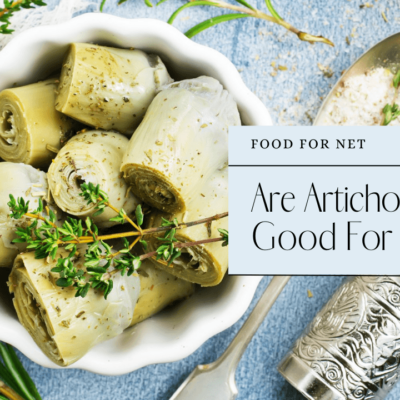



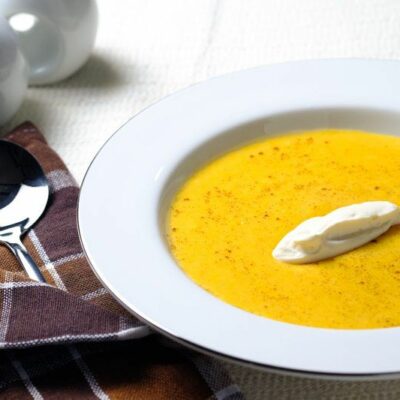





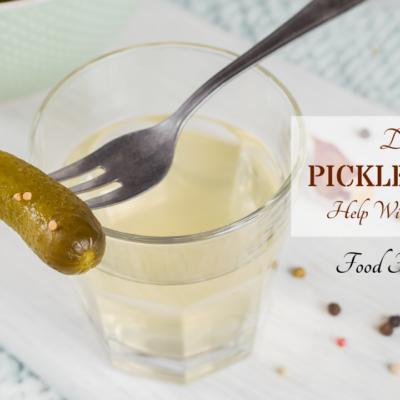

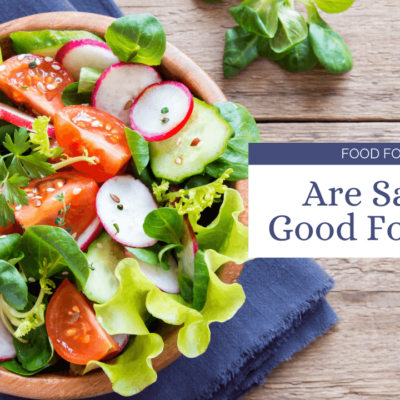


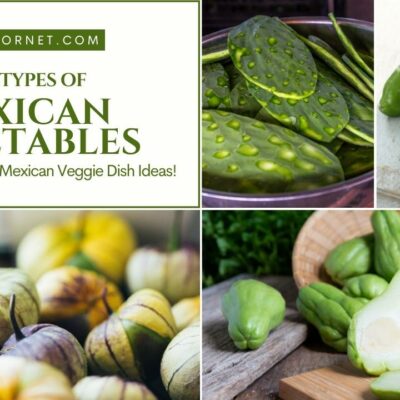
 How To Freeze Bread
How To Freeze Bread